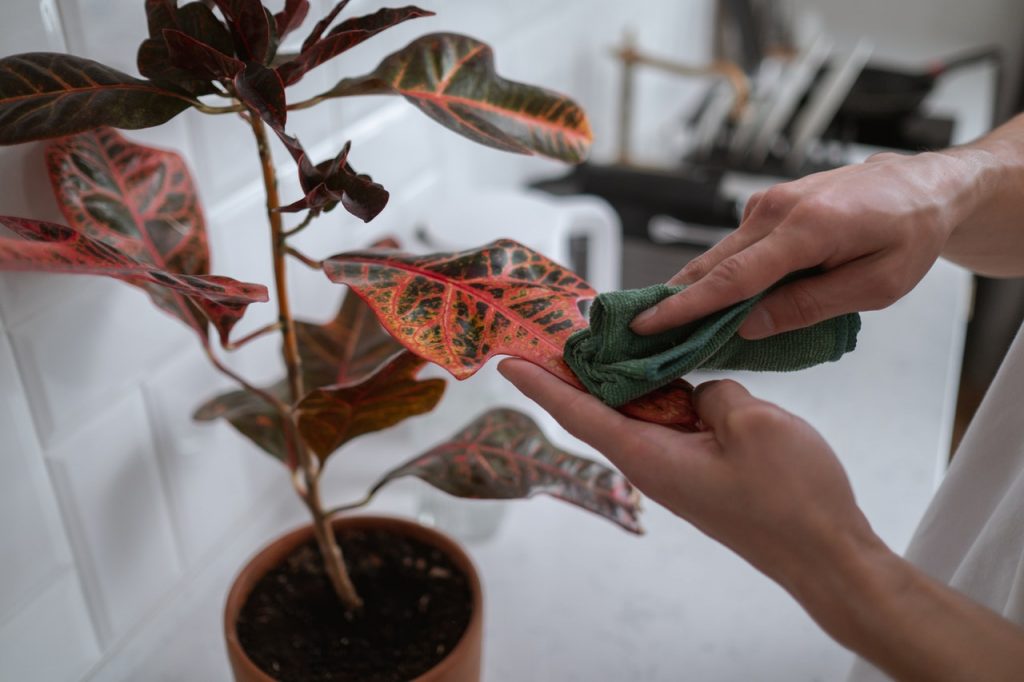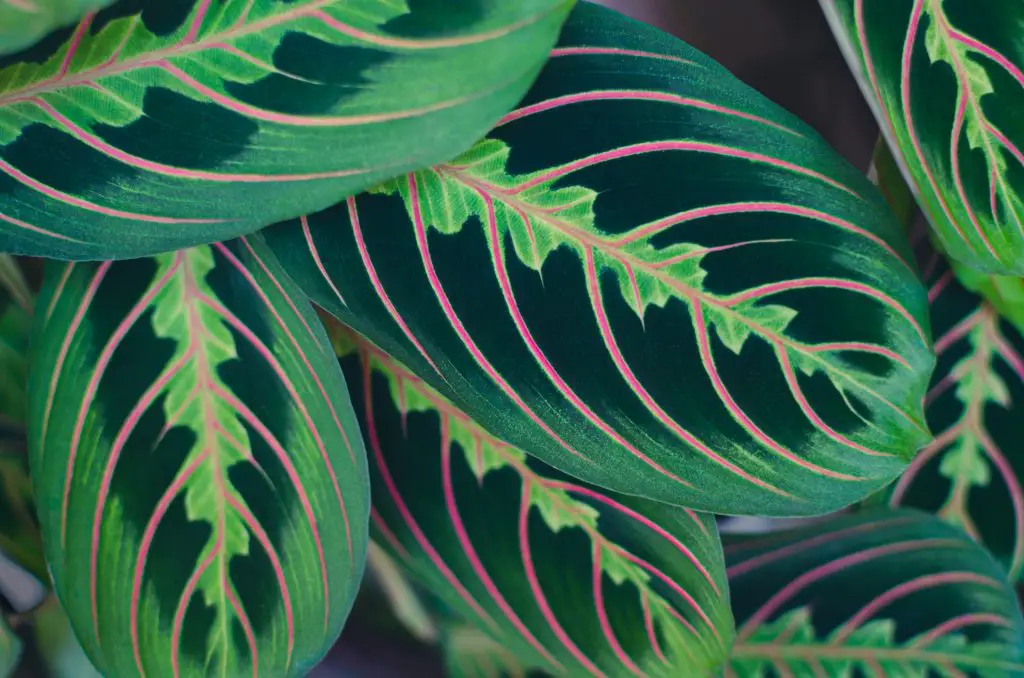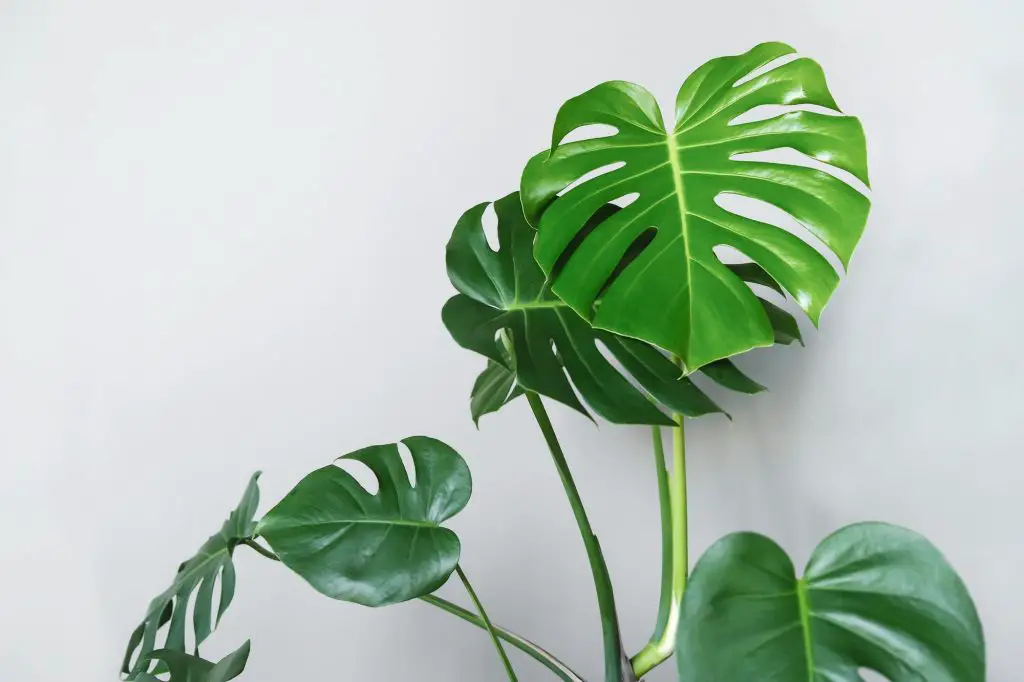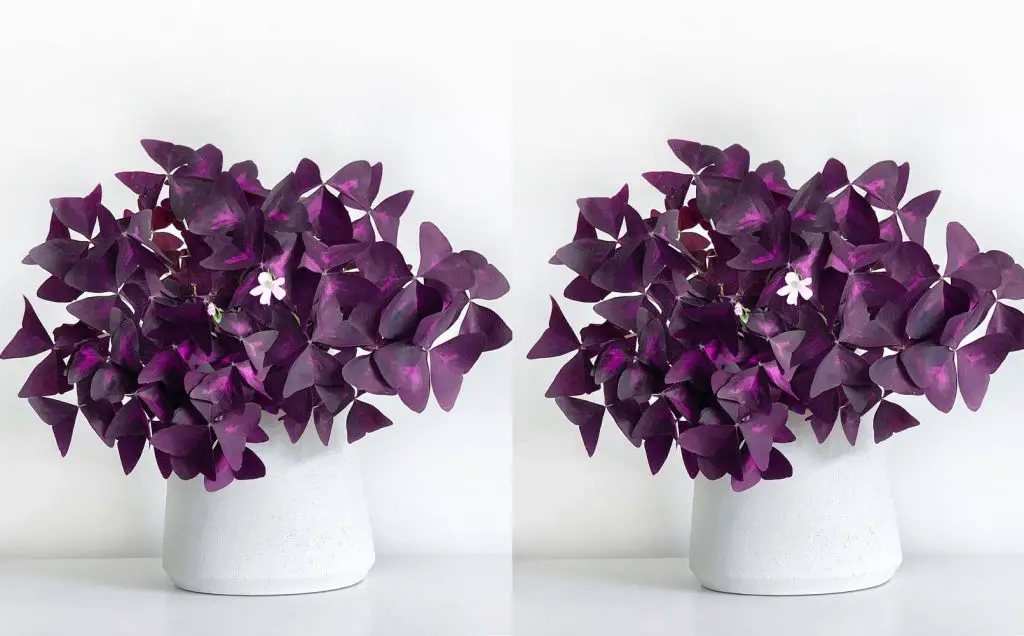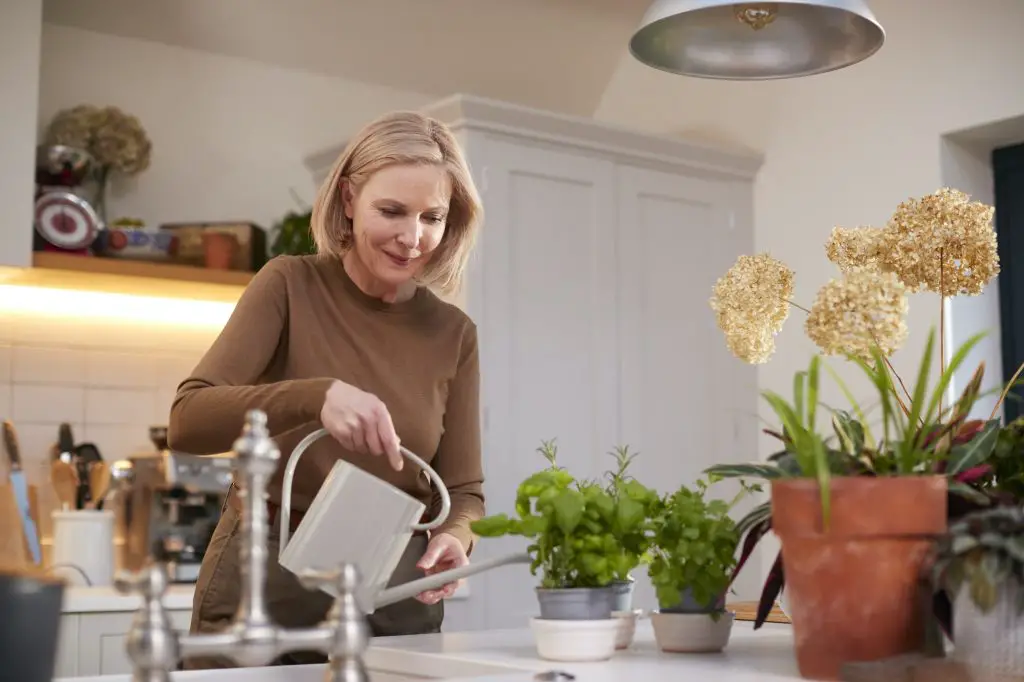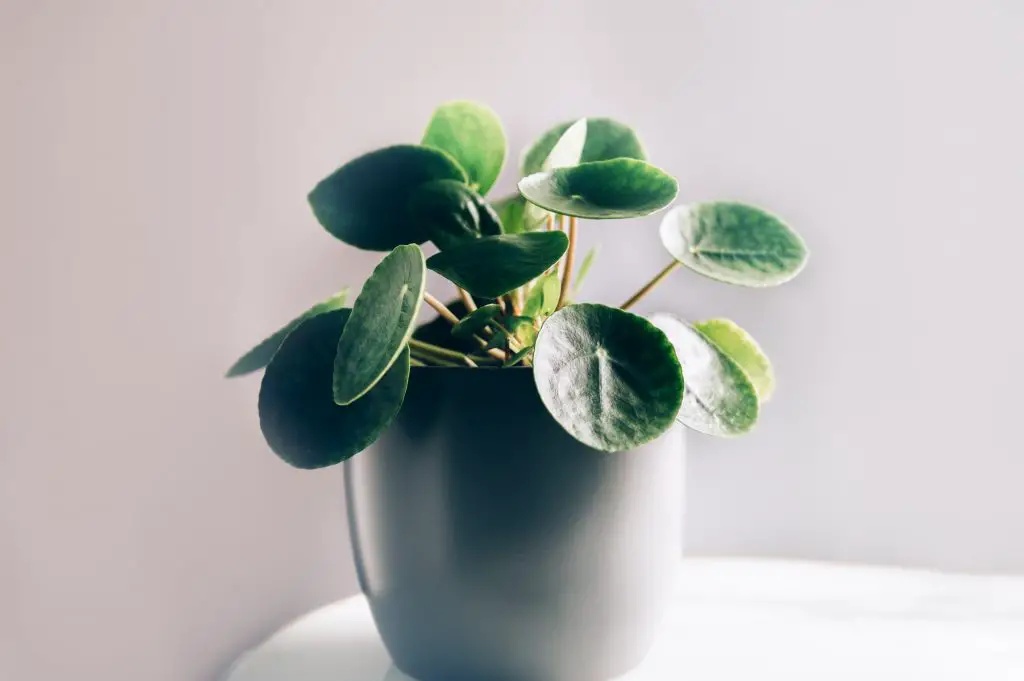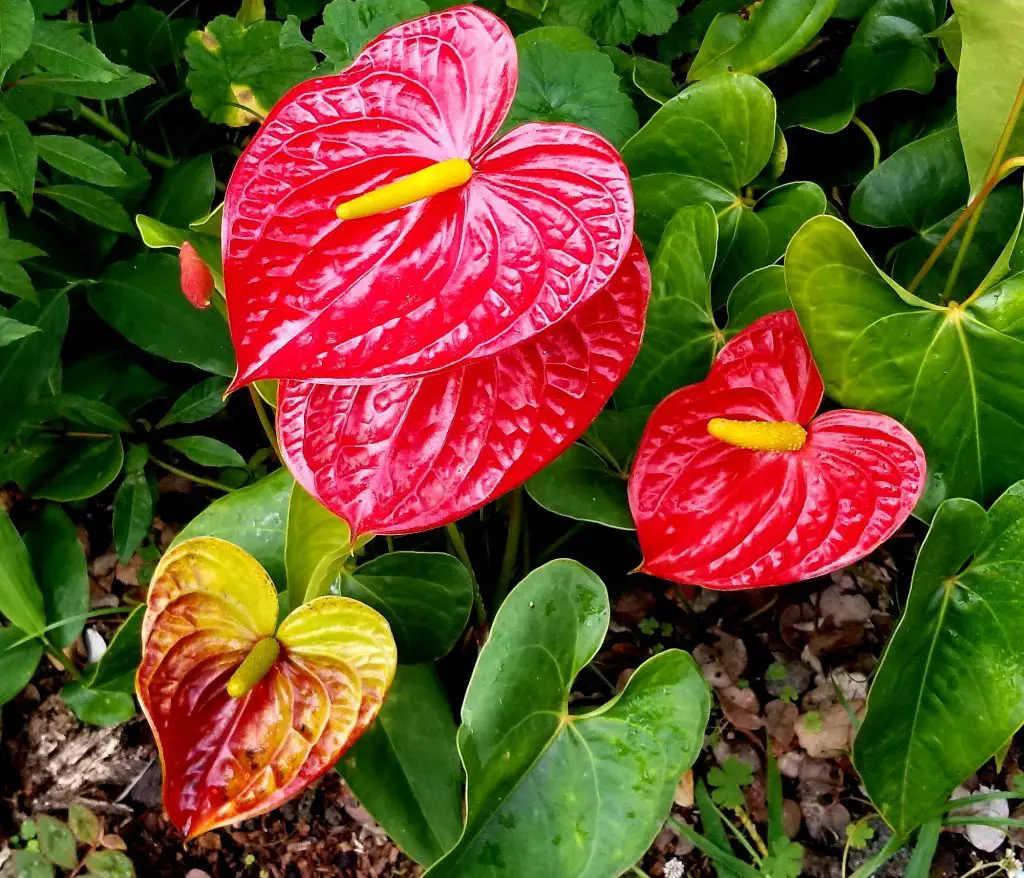The decline process of croton often starts from a change in foliage appearance before reaching the stage where the stage begins to fall off.
Reviving croton may come from the resolve to give the plant another chance rather than discarding it. the reviving process does not appear to be strenuous although the croton often requires attention to determine if improvements are being made from the steps adopted to revive the plant.
Crotons are generally tough house plants so they usually bounce back to the life they receive care. This is a complete guide on the reasons your croton is dying and steps you could take to make it rebound.
Table of Contents
5 Reasons Why Your Croton Plant Is Dying
Got a dying croton plant on your hands? Here are some of the reasons why this may be happening.
1. Humidity levels
Crotons are tropical thus require warm weather conditions to survive. If they are subjected to extreme weather conditions, the soil combination may be compromised and the plant may begin to deteriorate.
In addition, if you reside in a very low humidity area, the croton would be exposed to heat which could be damaging to its growth and life. You should consider getting a humidifier for your croton plant if they’re indoors with you.

2. Environmental shock
A change in environment for croton may be hard on it considering that it may be difficult adjusting to that particular environment. This is usually concerning the humidity level of that environment. It may take a period for indoor croton to adjust to an outdoor environment.
3. Poor Lighting
Crotons need bright light to produce the alluring and vibrant colors that they can. They benefit from direct sunlight as this is essential to their growth. Exposure to low lighting would stunt the growth of the plant and it may visibly start to decline by the leaves falling before eventually dying.
Although some crotons require shade, the majority grow in bright sunlight. Crotons require about 4 to 5 hours of sunlight daily. Your leaves may be dropping due to a lack of proper lighting.
4. A poor soil mix
Crotons, like many other plants, grow in damp soil and cannot thrive in soggy soils.
Watering conditions are mainly attributed to soil mixes. You must be aware of the amount of water required for your Croton’s survival. Underwatering and overwatering cause more harm than good to the plant and growth is usually impeded when either of these occurs.
Underwatering deprives the plant of the adequate amount of water it needs to survive. Overwatering causes the soil to be waterlogged which is a bad condition for crotons as it could lead to stem rot resulting in the death of the plant. Croton stem rot is detrimental to the survival of the plant.
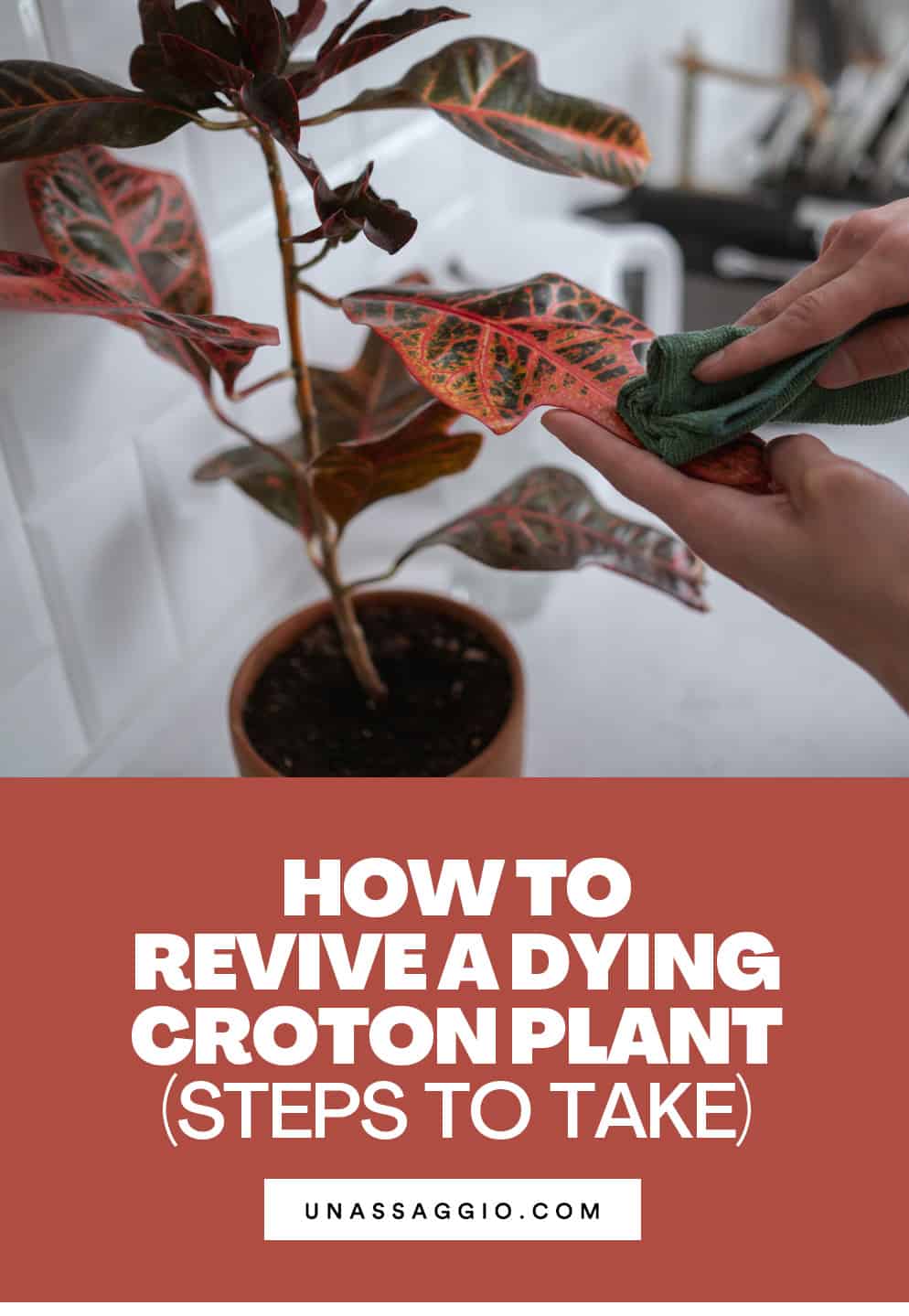
5. Insect Infestations
A severe infestation would result in a slowing down of the plant’s growth eventually resulting in death. When the soil and the plant are both dry, bugs and pests are usually attracted to the. Delay in disinfesting your plants could damage your plants completely.
How to Revive Dying Crotons
- Change the soil mixture altogether- sometimes, soils get spent and do not offer the adequate nutrients required for crotons and may need to be changed. In trying to revive your croton, all your actions are geared towards giving it a fresh start. Changing the soil is a good step that may be adopted.
- Changing the environment is quite stressful to crotons and if you are trying to revive your plant, changing location may not be a good idea. Once a suitable spot has been found, the crotons should be left to grow there.
- Adjust the lighting conditions to suit the needs of the plant. crotons grown indoors should be placed beside the sun to receive an adequate amount of bright or fluorescent lamps may be used as another option
- Gauge the amount of water that goes into watering. In addition, modify your water schedule to suit the needs of the plant. the goal of your watering is to produce a moist soil mix. Using drilled pots help eliminate excess water
- Ensure your croton is rooted in a good draining soil mixture. Make use of soils that are aerated and would ensure proper draining of water. Poor draining soil mixtures are prone to getting waterlogged.
- Adding balanced fertilizers is very helpful in speeding up the growth and improving the overall development of the plant. the best fertilizers for crotons are low nitrogen fertilizers. Examine fertilizers you would be using for crotons before purchase.
Preventing Your Crotons From Dying
- Do not move your croton often as they do not do well with environmental shocks
- Keep your plants away from areas that may be subject to air current; being exposed to drafty air could affect the growth
- Add fertilizers to the water before watering. This provides an additional amount of nutrients
- Re-pot your plant when the croton outgrows its current one.
- Provide adequate lighting for the plant
- If you notice gray patches on the leaves. You may need to provide shades for the croton as this a pointer that it is getting too hot and direct sun.
Choose drilled pots or containers when potting your crotons. They prevent excess drainage.
Final note
Discovering crotons are not growing as expected maybe a source of worry to growers. However, with proper care and attention, dying crotons can always rebound.
Before deciding on propagating a croton plant, study the nature of the plant and the nutritional requirements for its survival; this helps prepare you for challenges that may prop up in the future. In addition, you could join a community of croton growers to share ideas on successfully propagating croton plants.
Read next: How to Keep Croton Plants From Getting Leggy

